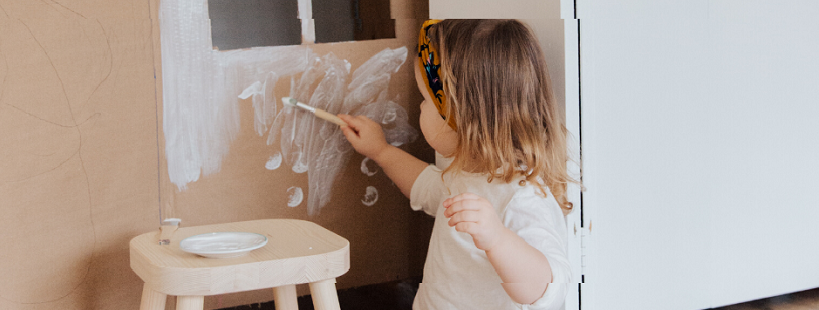The lack of physical activity is a high-risk factor in terms of health. Physical inactivity is connected to global mortality rates and overweight.
In early childhood, children learn and develop rapidly. Early childhood is a period during which children form their lifestyle habits. A child's day is filled with many different types of activities, and the most important thing is that all those different aspects are in balance: eating habits, physical activity, time of sitting/restraint, screen time, rest, and sleep.
.png)
World Health Organization (WHO)has made a guide (Guidelines on physical activity, sedentary behaviour and sleep for children under 5 years of age) that helps parents as well as early childhood professionals to implement little children's days properly between different actions. The guide is for children under 5 years of age. The guide aims to give guidance how many hours per day children should spend being physically active or sleeping for their health and well-being, and the maximum recommended time these children should spend on screen-based sedentary activities or time sitting/restrained.
How to support children's mental health?
Recommendations at a glance by WHO:
Infants (less than 1 year) should:
- Be physically active many times a day in many different ways, particularly through interactive floor-based play - the more the better.
- For those not mobile yet, this includes at least 30 minutes of tummy time spread throughout the day while awake.
- Not be sitting/restrained for more than 1 hour at a time (e.g. pram/stroller, high chair, car seat, baby carrier). Screen time is 0 hours as it is not recommended. When sedentary, engaging in reading and storytelling with a caregiver is encouraged.
- Have 12–17 hours of good quality sleep, including naps.
Children 1-2 years of age should:
.png)
.png)
.png)

